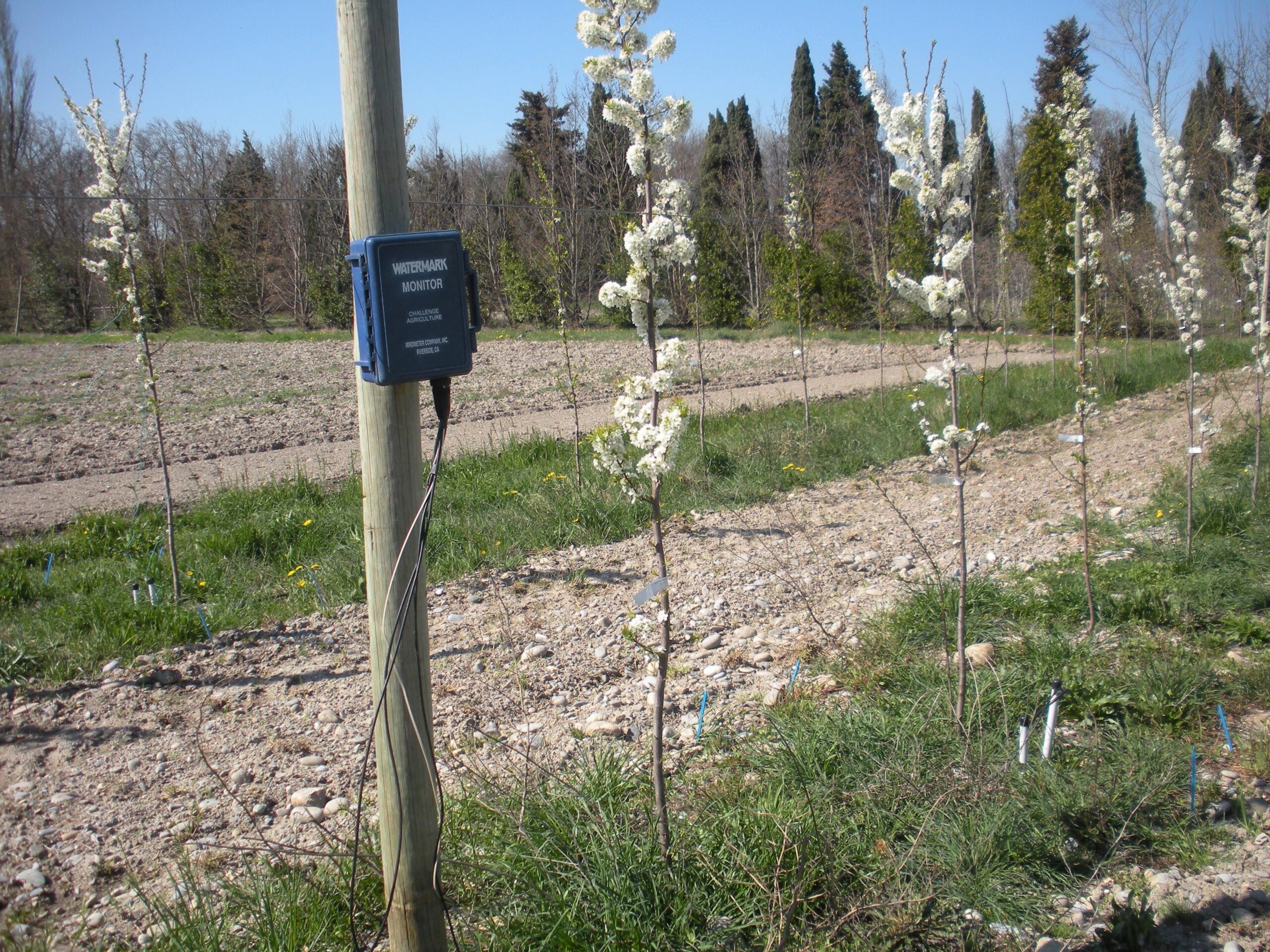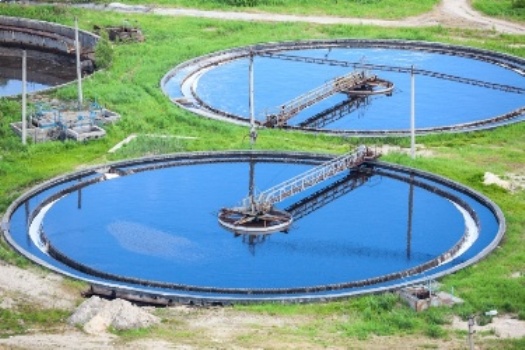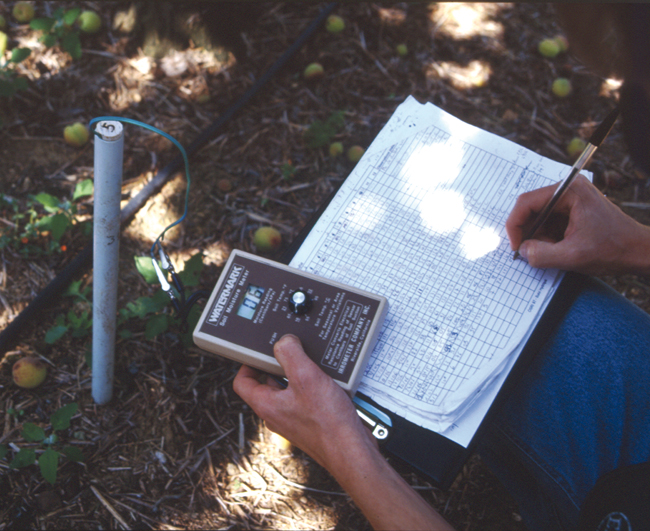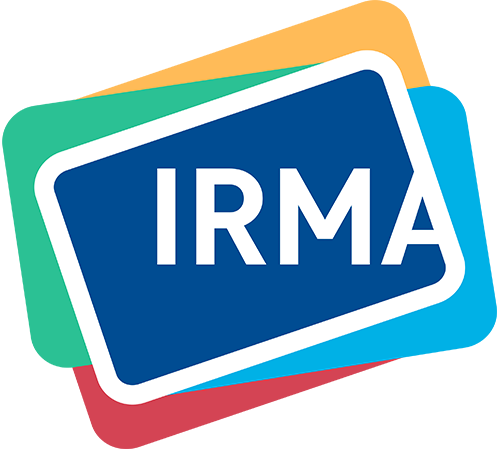
EIA-European Irrigation Association Survey
A survey has been organized by EIA to better understand the expectation of the Irrigation professionals. 74 answers were received from EIA members and non-members.
The variety of professionals (manufacturers, dealers, installers, designers, extensions) and skills were well represented, as well as the variety of domains of activity (emitters, pipes, fitting, accessories, sensors, controllers, models…).

Concepts useful for interpreting measurements taken in the field, particularly the soil water status, for the purpose of irrigation scheduling
The importance of making rational decisions by looking at the trends and not only the absolute values when using sensors for irrigation scheduling.
The aim of this article is not to go into detail about the different sensors that can be used for irrigation scheduling, but rather to go over certain fundamental rules and basic principles that could be helpful when taking a decision based on an analysis of the measurements obtained by the sensor, as well as providing the arguments that support these deliberations.

Reusing treated wastewater for irrigation. What are the benefits and what is the sustainability?
These resources, which are often of mediocre quality, have the advantage of being located close to the places of use, being available in large quantities throughout the year and rich in useful nutrients.
In the case of household waste, which has been more or less treated, or industrial effluent, there are large quantities of water that can be utilised to water the plants and crops (irrigated agriculture, green spaces) instead of releasing the water back into the environment without putting it to use, or even allowing it to contribute towards the damage caused to these areas.

Can Waste Water be reused for Irrigation ?
The re-use of waste water consists of recovering the effluents originating from our domestic, industrial or agricultural uses. Nowadays, this water is processed at the treatment plants before being released into the environment or reused.
Not all types of use od effluents require the same treatment. Furthermore, the controlled re-use of wastewater, i.e. effluents that do not contain heavy metals and other dangerous substances harmful to the irrigation of agricultural land, could provide some interesting alternatives.

Tensiometric Probes
Certain techniques of irrigation management are based on practices carried out in the field. Tensiometric probes are one of these techniques. They are simple and inexpensive devices that indicate the excess or lack of water in the soil. They can also save water while limiting risks to crops.

Efficient Irrigation Management Tools for Agricultural Cultivations and Urban Landscapes (IRMA)
The general objective of IRMA is to establish a network of knowledge and expertise exchange which will lead to the development of practical irrigation management tools for demand-driven capitalization of scientific knowledge and good practices. The project outputs include irrigation survey, application manuals, development of a web tool based on meteorological data, satellite images and GIS mapping for irrigation management counseling, research results and creation of a networking and training platform. These will lead to direct water, energy and thus money savings.